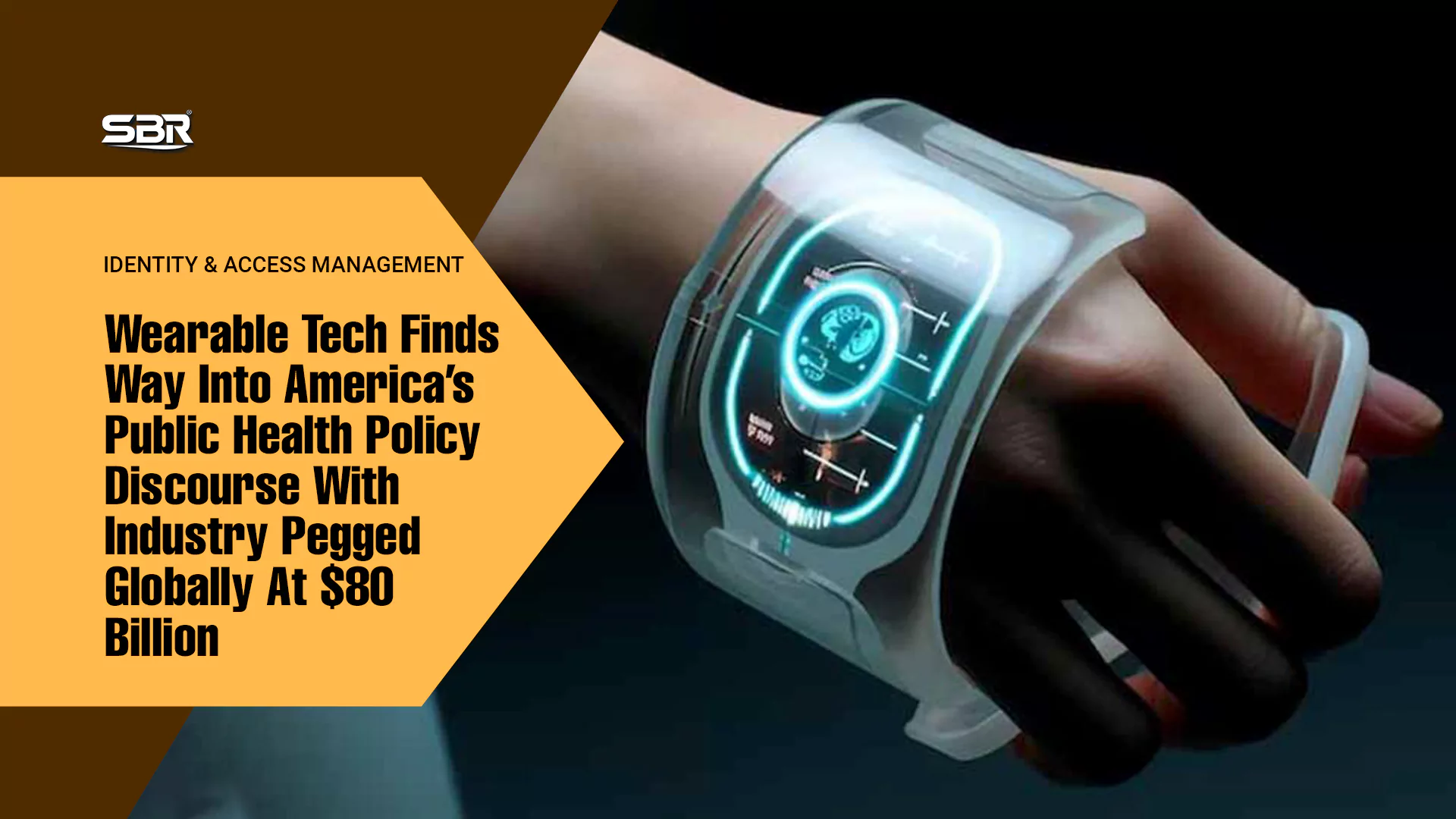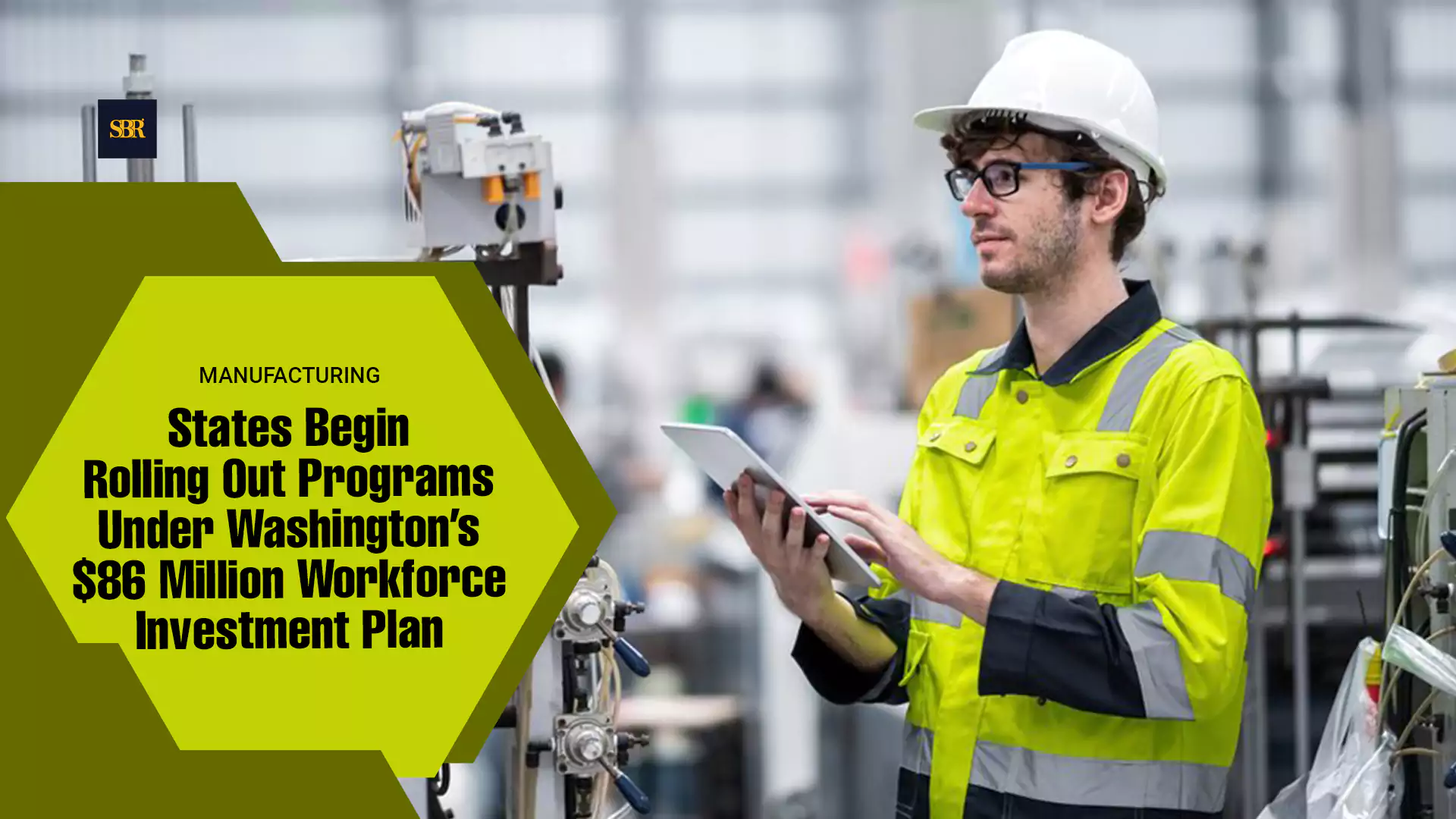NEW YORK, June 30, 2025 — The advent of wearable tech industry has globally evolved as countries have embraced these new-age devices, following almost a similar growth pattern. Last year, 70 percent of people in the US and UK, and 85 percent in China reported purchasing items within the preventive health category, like a digital health tool or anti-aging product, according to a report from McKinsey & Company.
The only difference is that US, has taken the lead in making this segment popular with the help of government intervention.
Switching over from traditional health monitoring devices to wearable tech, reflects a consumer behavior influenced by people’s growing health-conscious approach.
In US, a recent government involvement in this segment has sparked curiosity. The Department of Health and Human Services has announced to launch a campaign encouraging Americans to wear these devices.
During a House Energy and Commerce Health Subcommittee hearing last week, Health Secretary Robert F Kennedy Jr. said he would like all Americans to use wearable health products, such as Fitbits, Apple Watches, Oura Rings, WHOOP and glucose monitors, to control their health and take responsibility for it.
This government’s word on wearable tech, comes at a time when Wearable Devices Ltd., a technology growth company specializing in artificial intelligence -powered touchless sensing wearables, recently announced the expansion of its Large Motor Unit Action Potential Model (LMM) into new potential markets, such as predictive health monitoring and cognitive state analytics.
This development will enable the broadening of bio-signal intelligence applications beyond wearables and will offer businesses and healthcare providers access to real-time physiological insights for monitoring health and wellness conditions.
Wearable tech now seems to become part of public policy discourse in the US gradually, but also surrounded by concerns over government’s ability to protect health data because of past breaches. In 2018, there was a major security breach involving the Strava fitness app and the US governments in which soldiers’ locations at military bases were shared via Strava.
A common perception that wearable tech is limited to monitoring health parameters is now also seeing a huge change. Synergy between luxury brands and tech companies has paved way for foray of smart jewellery in the tech wearable market.
As per market research company Custom Market Insights, the global smart jewellery sector will nearly triple in size over the next decade. This growth will be fueled by the surging popularity of connected devices among younger buyers, particularly Gen Z and millennials. Use of wearable tech in education market is currently experiencing rapid growth, driven by the increasing integration of smart devices in classrooms and training environments.
Market analysts suggest that while Apple, which has of late captured 20 percent global shipment in the smart watch segment, should include a smart ring in its product line-up.
Smart ring company Oura, is keen on growing customer base by millions of people. Tom Hale, CEO of Oura in an interview with Fortune said that Oura has announced the AI-powered Personal Health Companion earlier this year.
“It offers advice for ways to take action and speaks directly to the user about their health metrics. Women make up the bulk of Oura consumers who have opted in to talk with the health companion. The demographic uses it nearly twice as much and twice as long as men,” Hale was quoted by Fortune as having said.
Earlier this year, a US International Trade Commission (ITC) administrative law judge (ALJ) had ruled that Indian smart ring maker Ultrahuman and Chinese rival RingConn may have infringed patents held by Finnish wearable tech startup Oura. Smart rings are a wearable device embedded with sensors that track health metrics such as heart rate, sleep patterns, activity levels, and body temperature, typically syncing with a smartphone app.
Oura’s smart ring is grabbing the attention with its features, and also leading the latest charge is the Apple Watch Series 10, with its advanced health features and streamlined design. Big Bang e Gen3 from Hublot is powered by the brand’s powerful Wear OS technology, offering extravagance without compromising functionality.
Meanwhile, Tag Heuer’s Connected Calibre E4 channels classic Swiss watchmaking through a digital lens with a high-definition screen and data-driven fitness goals.
Despite new product arrivals in the wearable tech market, a new study shows wearable tech still isn’t as accurate as human perception. The study, which is published in the International Journal of Sports Physiology and Performance, compares seven different ways of calculating training load.
Market analysts suggest that while Apple, which has of late captured 20% global shipment in the smart watch segment, should include a smart ring in its product line-up.
Inputs from Saqib Malik
Editing by David Ryder















